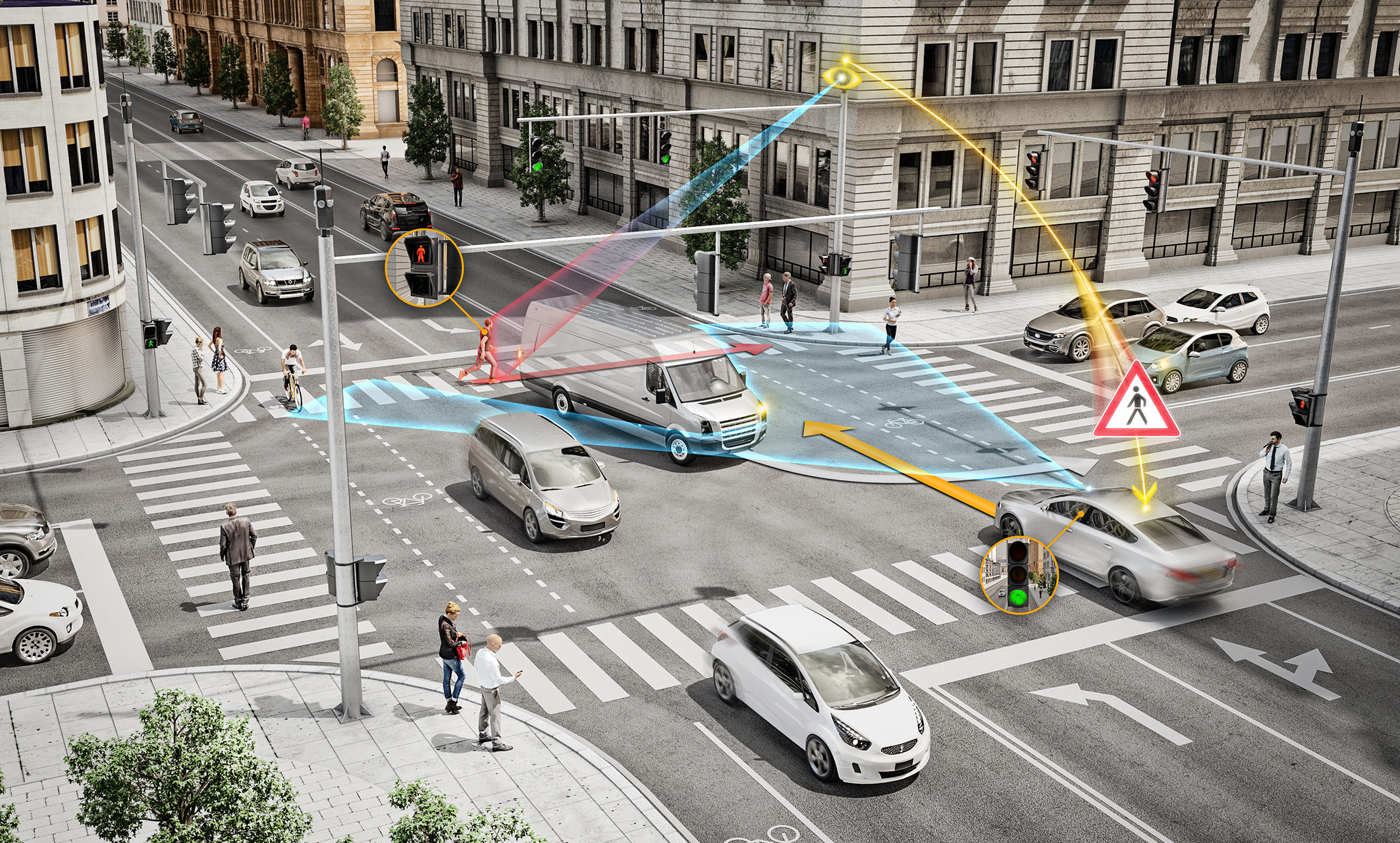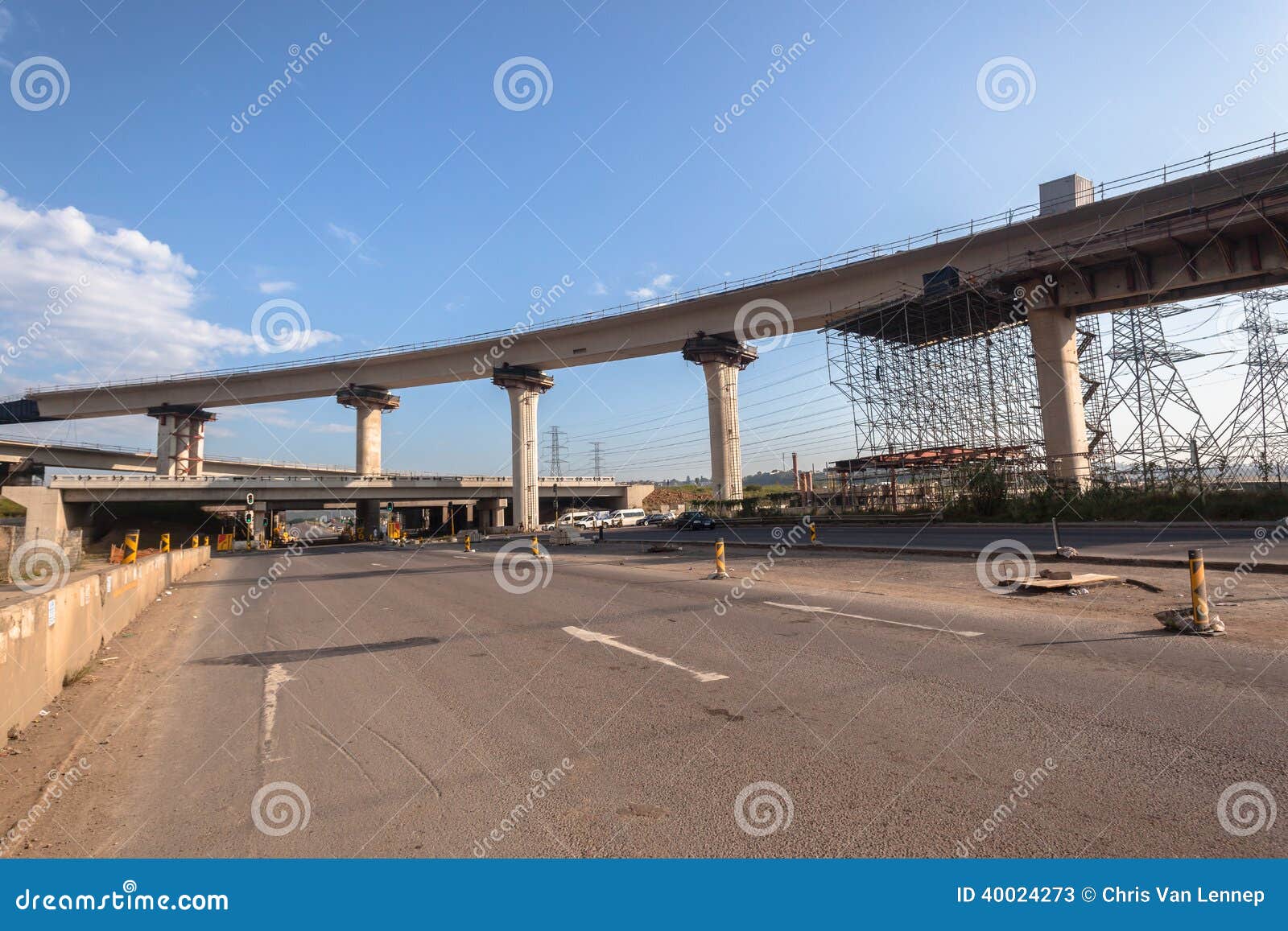The Intersection Of Civil Engineering And Autonomous Vehicles

Automated vehicles (AVs) have been the talk of the town in recent years. Their ability to self-drive and transport passengers without any human intervention has been the subject of numerous discussions and debates. However, the technology surrounding AVs is still in its infancy, and a lot of work needs to be done to ensure their safe and efficient operation on the roads.
This is where Continental and 3M come in. The two companies have announced that they will be working together to study the interface between infrastructure and AVs. The goal of this research is to create an intelligent transportation system that can seamlessly integrate with AVs, allowing for safer and more efficient traffic flow.
What is the Intelligent Transportation System?
The Intelligent Transportation System (ITS) is a system that utilizes advanced technologies to manage and optimize the transportation network. This includes everything from traffic signals and freeway management to public transportation and emergency services. The goal of the ITS is to improve the safety, efficiency, and sustainability of transportation systems.
How will the Interface between Infrastructure and AVs Work?
The interface between infrastructure and AVs will use sensors and communication technology to allow AVs to communicate with traffic signals, road signs, and other infrastructure elements. This will enable AVs to better navigate through traffic and avoid accidents. The technology will also allow for more efficient traffic flow, reducing congestion and travel time.
What are the Benefits of the Interface?
There are numerous benefits to creating a seamless interface between infrastructure and AVs. These include:
- Improved Safety: The use of advanced technologies and communication between AVs and infrastructure elements will reduce the likelihood of accidents and improve overall road safety.
- Efficient Traffic Flow: AVs will be able to communicate with infrastructure elements such as traffic signals, allowing for more efficient traffic flow and reduced congestion.
- Reduced Environmental Impact: Efficient traffic flow means reduced emissions and a lower environmental impact.
- Increased Accessibility: AVs will be able to navigate more easily through traffic, making transportation more accessible for everyone.
What Challenges Need to be Addressed?
There are several challenges that need to be addressed in order to create a successful interface between infrastructure and AVs:
- Security: The use of communication technology means that the system needs to be secure and protected from cyber attacks.
- Cost: The implementation of the interface will require significant investment in infrastructure and technology.
- Legal Framework: AVs are still a relatively new technology, and regulations around their use are still being developed. The legal framework surrounding the interface between AVs and infrastructure needs to be clarified and agreed upon.
Conclusion
The development of a seamless interface between infrastructure and AVs is a crucial step towards a safer and more efficient transportation system. The collaboration between Continental and 3M is a positive sign that the industry is moving in the right direction. However, there are still challenges that need to be addressed before the system can be fully realized and put into practice.
It is important that all stakeholders work together to overcome these challenges and create a system that benefits everyone. Only then can we fully realize the potential of AVs and create a transportation network that is safe, efficient, and sustainable.


Post a Comment for "The Intersection Of Civil Engineering And Autonomous Vehicles"